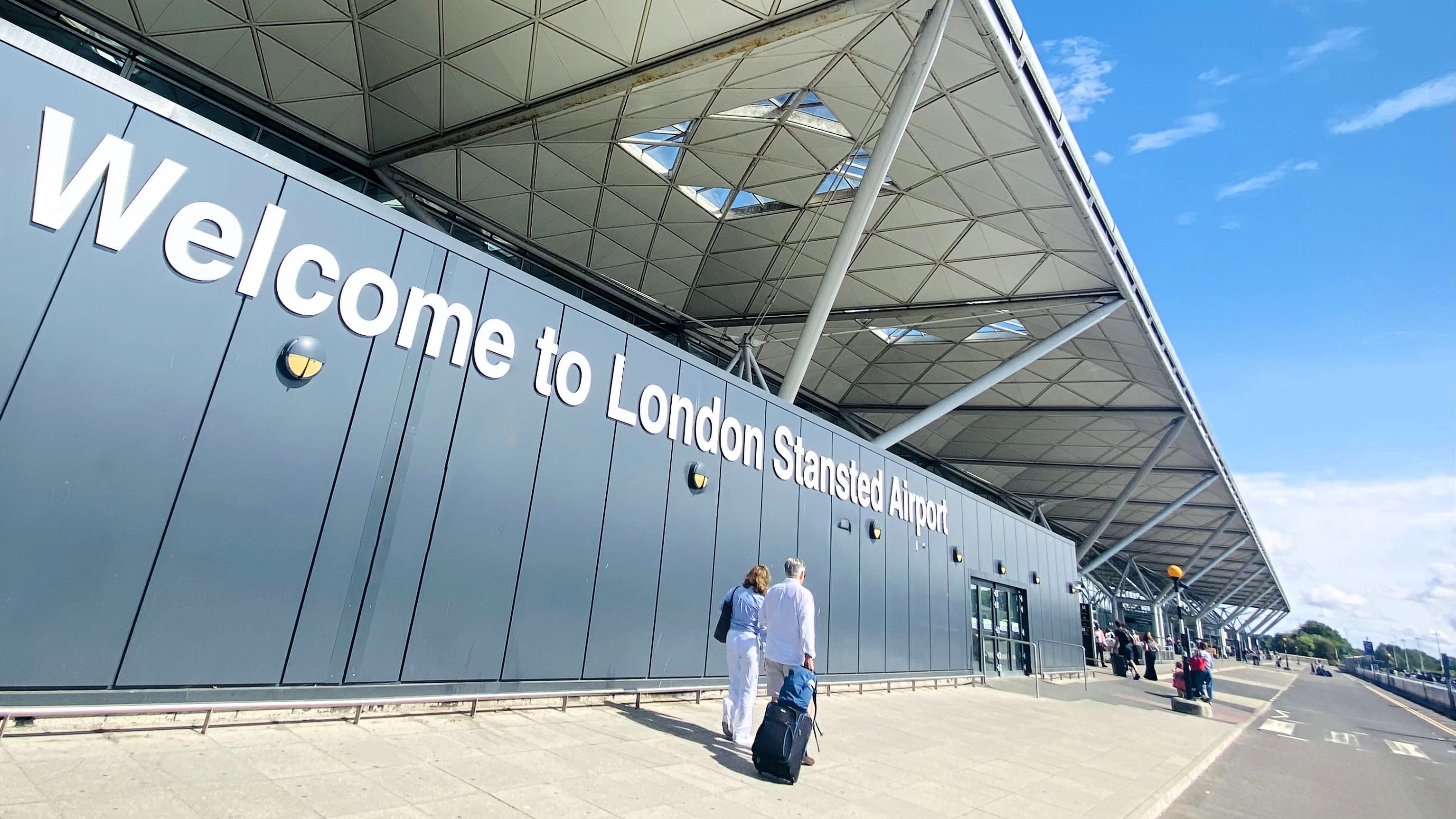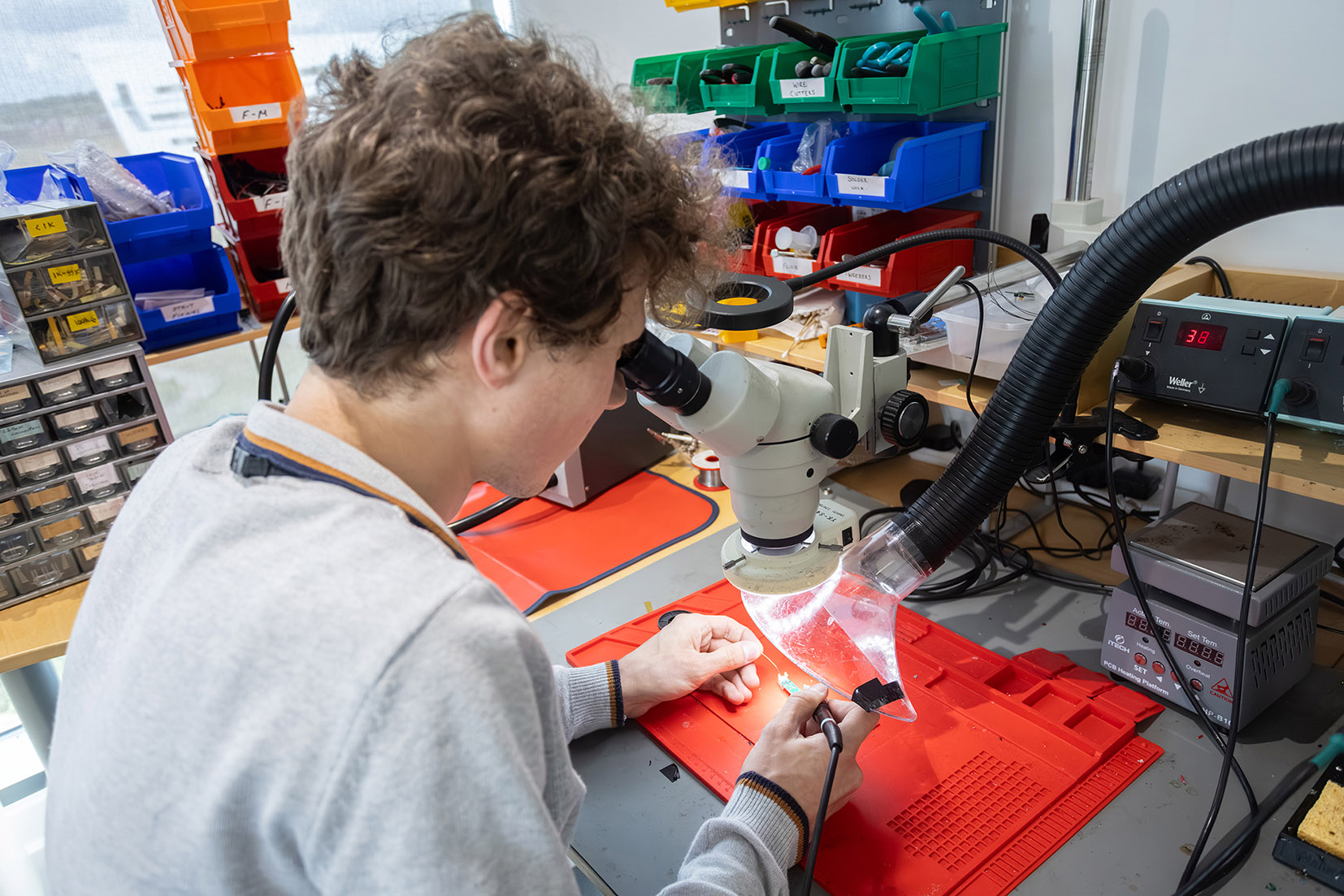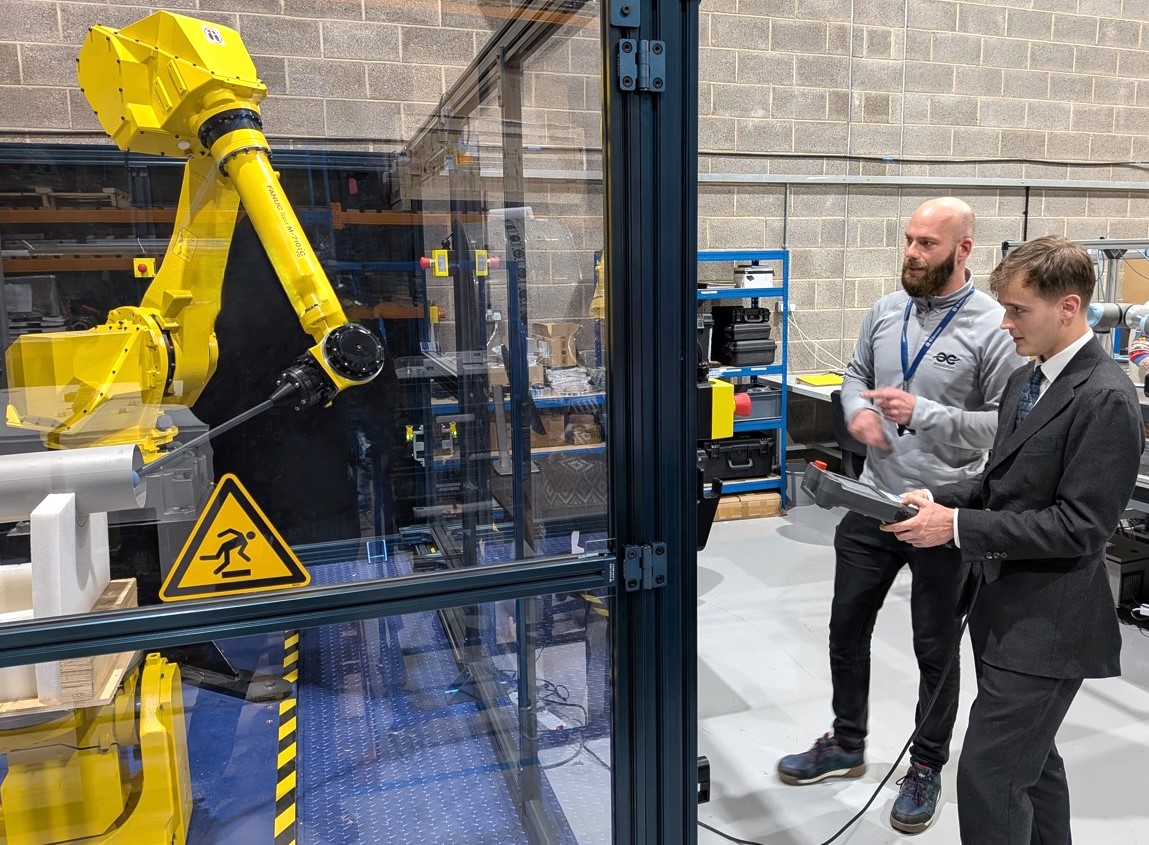Air traffic control simulations pave the way for eVTOL ops
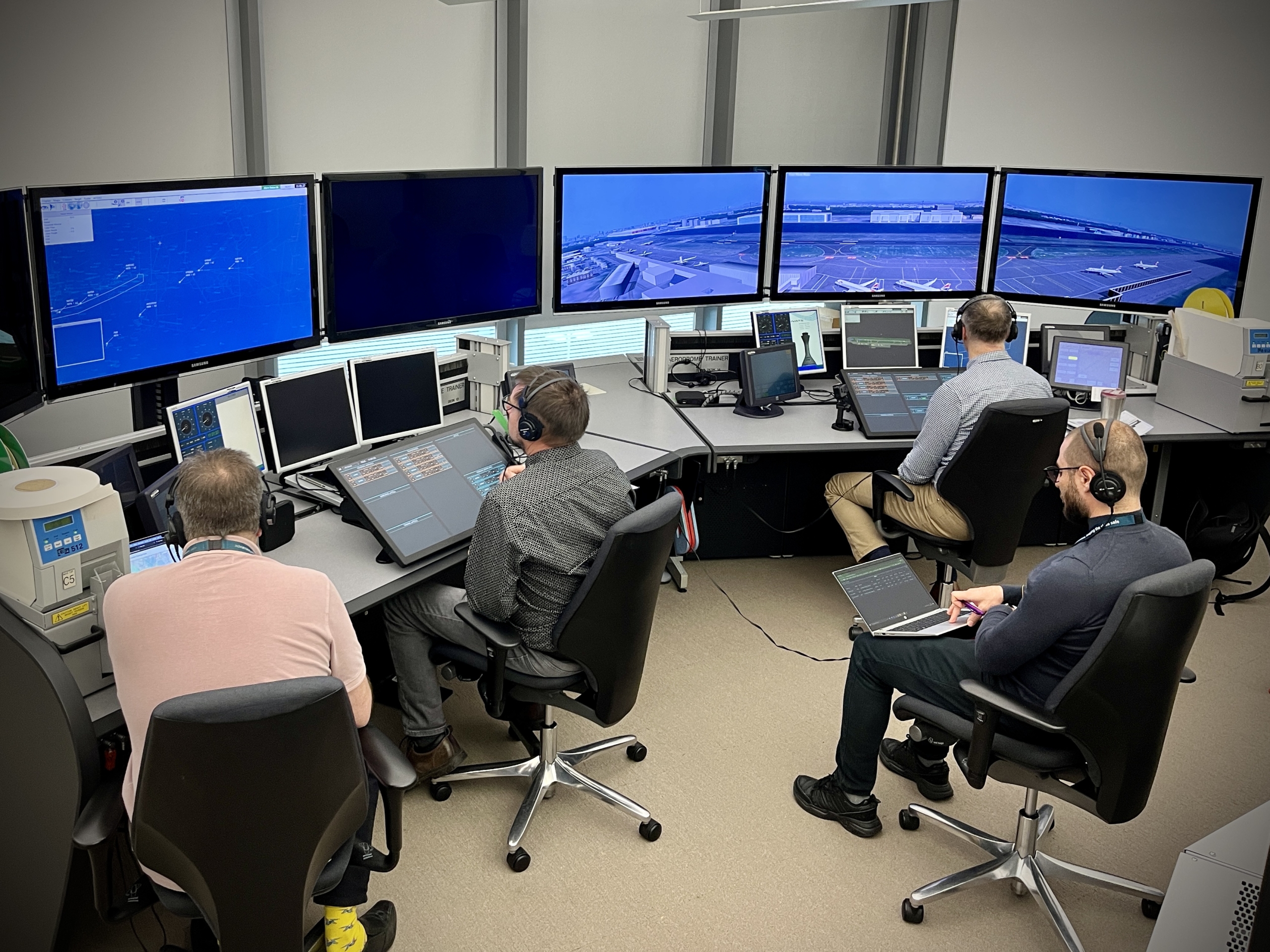
Above:
The simulations were carried out in NATS’ training college in Fareham, Hampshire.
Courtesy NATS
The simulations were the latest milestone for the Advanced Mobility Ecosystem Consortium, a group of aviation, technology and transport organisations demonstrating the commercial and operational viability of AAM. The consortium is a Future Flight Challenge programme jointly funded by UK Research and Innovation and includes Vertical Aerospace, Virgin Atlantic, AtkinsRéalis, Skyports, NATS, Connected Places Catapult, Cranfield University and WMG - University of Warwick.
The tests are a pivotal step ahead of the consortium’s planned real-world demonstration flight in late 2024 and lay the groundwork for a new generation of electric aircraft becoming commonplace in our skies.
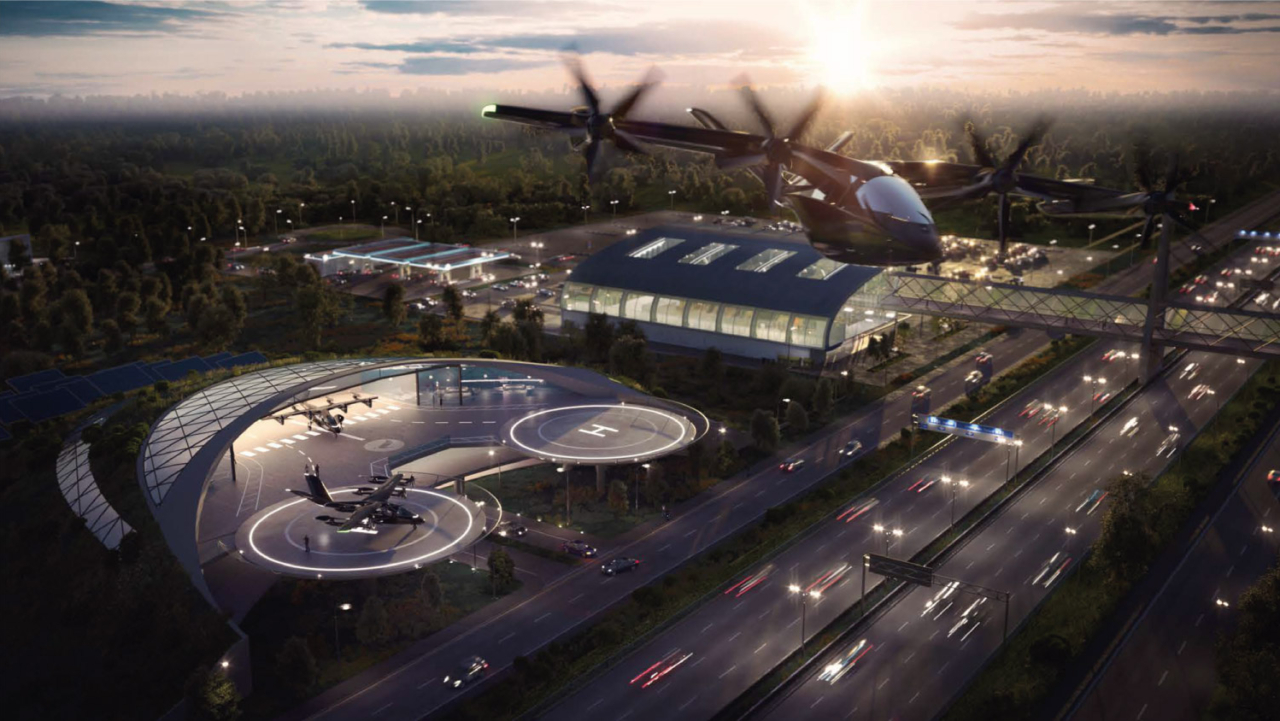
The air traffic control service, NATS successfully simulated eVTOL flights from Bristol Airport through the airspace around Farnborough Airport, and then onto London City Airport. The flights operated alongside traditional air traffic and in controlled airspace without any impact on conventional operations.
The pioneering simulations were made possible with a combination of new prototype technologies and the creation of a new ‘Airspace Manager’ function.
Under NATS’ proposed concept of operations, each eVTOL operator would file their flight plans via an application, which would then be approved or amended as required. The whole flight would then be entirely deconflicted from other aircraft before even taking off, with the ‘Airspace Manager’ function monitoring the airspace from a digital ‘master control room’.
Direct voice communication between eVTOL pilots and air traffic control would only be required by exception and while the Airspace Manager function was fulfilled by a person during the simulations, it could one day be almost entirely automated.
NATS believes this proposed concept strikes the best balance between ensuring safety and providing airspace access to new users without adding to the workload of air traffic controllers or pilots.
Richard Ellis, New Airspace Users Director at NATS, said: “We are excited to demonstrate this world leading capability showcasing how Advanced Air Mobility vehicles can safely and digitally integrate at scale within the existing crewed operations at major airports. These simulations are a big step forward and we look forward to making it a reality in the near future.”
Anna Postma-Kurlanc, NATS Project Lead, added: “Our skies are already busy, so we are going to have to find new, innovative ways of managing and integrating this new generation of electric aircraft. Safety is always going to be our first priority, and the airspace manager function and new technologies we’re developing as a conduit between the eVTOL operators and traditional air traffic control, is going to be vital.
“We know how important it is to decarbonise aviation, and we believe what we’ve done here sets a very strong foundation upon which we can continue to build in the coming years.”
James Richmond, Head of Advanced Air Mobility at consortium leaders AtkinsRéalis said: “These simulations are a critical milestone on our roadmap because they prepare us for the live demonstrations we plan to conduct in late 2024. The consortium is showing how different stakeholders across the industry need to collaborate to create a future aviation ecosystem that adapts to changing passenger behaviour and maintains the UK’s leading position in the future of aviation.”







